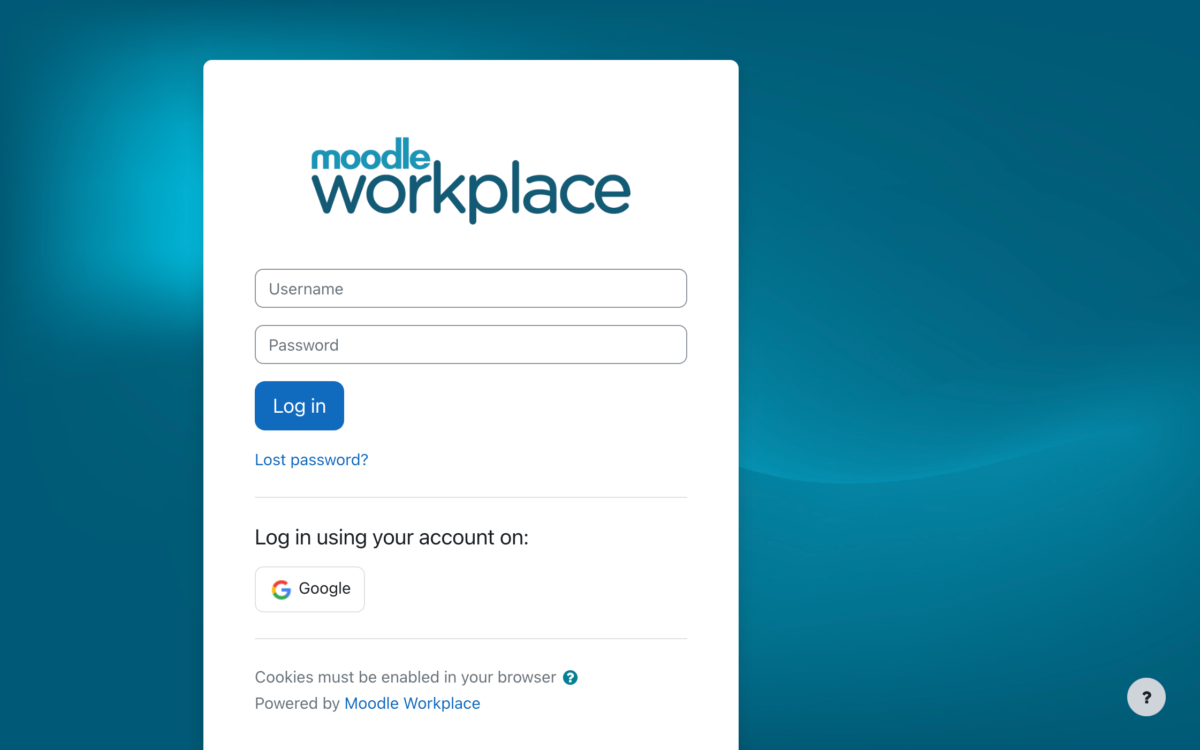We’re going to give you a cheat sheet: the My Learning Space L&D Calculator. This little L&D calculator was ginned up to help you calculate how much it will cost to produce your training.
If you fill this form out with the relevant dollars and cents, you will get a good idea of what your capital outlay will be. Not all the items on the list may apply to your situation, but some of them will. And you will be able to demonstrate to the people with the purse strings that you have done your homework.
MLS L&D Calculator (Click and Use–It’s Free!)
Project Management Software
Once you get a good estimate about how much it will cost to actually produce your training content, then you can start adding and subtracting categories. For example, there are plenty of project management software packages on the market that offer freeware. One that gets consistently high ratings is Trello. It is a simple to use program with drag-and-drop cards that can keep you on track to complete tasks once you allocate the dollars; and you can collaborate remotely with the cloud-based program.
If your project is extremely complicated with a great many milestones involving a large group of people including remote freelance designers, software developers, HR and marketing, a comprehensive software package is Wrike. Wrike features Gantt charts, customisable dashboards with programmable milestones and widgets, and a very granular hierarchical structure.
Calculating Return on Investment (ROI)
Now comes the all important question: What is your training dollar buying? The simplest and crudest measurement is the Return on Investment (ROI). In order to measure how effective your training is, you need to calculate the time saved by your training versus the cost of producing the training and come up with a percentage. It can be as simple as subtraction and division.
Let’s say producing your online training program cost you $20,500 to roll out. You plan to put 100 people through the program every year. By going through the training, you have to come up with a formula that assigns a value to the hours of lost productivity versus hours saved and put a dollar figure to it. Let’s say it takes your employees 20 hours to go through the training, or half a week’s pay. Perhaps that equals $500 per employee x 100 or $50,000 per year plus your initial cost of $20,500 to product content which would equal $70,500 in your first year. That is your fixed cost.
Now, let’s say you would have normally hired a trainer to come in on a quarterly basis to do the same job at $5,000 per day, which would cost you $20,000 per year plus two days of lost productivity per employee. So a little subtraction and you arrive at $50,500 in year one as your fixed cost since the lost employee hours are roughly the same.
The next variable is up to you to figure out: the value in hours of time saved per employee with the new training program. This is where the ROI Calculation pays off. Let’s say your program saves 5 hours of lost time per week per employee. That’s 20 hours per month saved by the training, which is equal to $500 per employee. That’s $50,000 saved per year. So in your first year, your training investment has already paid off.
In year two, you can subtract your initial outlay to pay for the training and suddenly you are making money with an ROI of 59% which should make company owners smile.The other metric, of course, is increased sales as a result of training or marketing campaigns.
Here are two YouTube resources for calculating ROI in an Excel Spreadsheet and creating graphs with the data.
If you’d like more help on making your LMS cost effective, feel free to contract My Learning Space to schedule a consultancy.







